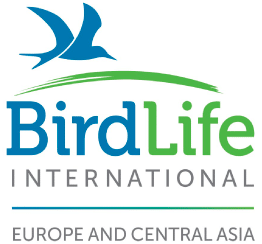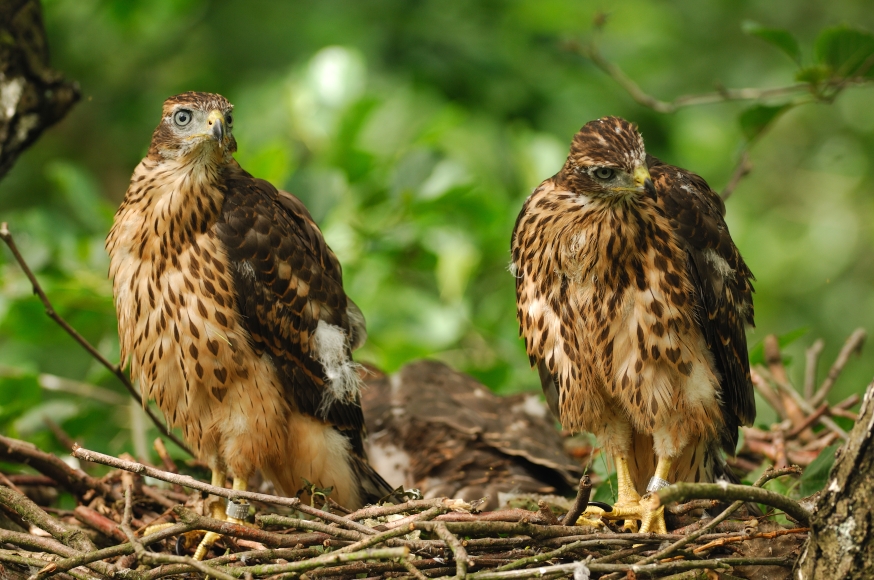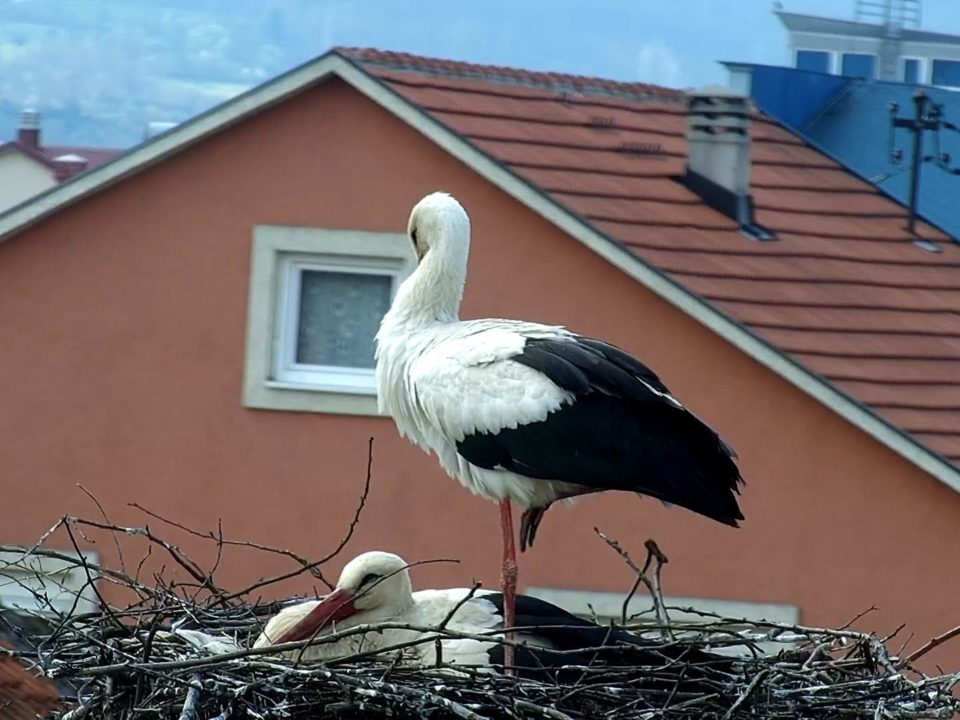Montenegro
Climate: Mediterranean, Continental, Mountainous
Habitats: : Sea, Plains, Mountains, Wetlands
A picturesque country where soft sandy beaches, clear lakes, fast rivers, and towering peaks can be found alike, makes Montenegro incredibly abundant with bird life. Out of the 533 registered bird species in Europe, 352 have been observed in Montenegro: that’s 65% of European ornitofauna!
But this small country, with barely 620.000 inhabitants, is a major danger zone for birds.
xxxx
Each year between 64,000 and
197,000 birds are illegally killed.[1]
xxxx
The problem is especially pronounced when it comes to rare and protected bird species such as raptors, vultures, and migratory species – given that Montenegro is located on the Adriatic migratory corridor that connects Europe and Africa.
There are different reasons for poaching. The first one simply being recreation. Often, illegal methods such as plastic baits and electronic calling devices are used to attract birds en masse to a specific spot, making it easy to catch them. This happens both inside and outside the hunting season. The main species that are subject to these atrocious hunting methods are the Rock Partridge (Alectoris graeca), the Common Quail (Coturnix coturnix), and waterfowls.
Hunters make a considerable profit from killing and selling birds to restaurants that serve them as specialties. Black markets exist both in Montenegro and abroad with birds being smuggled and sold across borders. In Montenegro, the majority of foreign hunters come from Italy. The Eurasian Woodcock (Scolopax rusticola), the Rock Partridge (Alectoris graeca), and the Common Quail (Coturnix coturnix) are the main ingredients of these illegal dishes.
Shockingly, some poachers like to collect trophies and often have a preference for specimens of large, charismatic, and protected species such as raptors species, vultures, woodcocks (e.g. Tetrao urogallus, Bonasa bonasia) and large birds (e.g. Pelecanus crispus, Cygnus cygnus).
In the Zeta plain, the main agricultural region of Montenegro, crops are protected from birds by placing old fishing nets over them. This leads to a large number of birds being trapped and killed in the nets. Songbirds are the first victims as they inhabit forests, meadows, and hedgerows near agricultural fields. In reality, birds can be farmers’ best friends if given a chance as species like sparrows forage on insects and the Barn Owl feeds on mice, voles, and shrews.
But there is still hope for the birds of Montenegro! Since 2001, the Center for Protection and Research of Birds (CZIP) has continuously monitored poaching activities. So far, over 100 criminal charges have been filed against poachers across the country, hundreds of hunting hides have been destroyed, dozens of illegal calling devices have been confiscated, and thousands of shell casings have been collected as evidence. CZIP regularly reports to the police, the prosecutor’s office and the hunting inspectorate about the situation on the ground. During the hunting season, CZIP also monitors local markets where killed birds are sold for consumption. The consumption of wild meat might be dangerous as often birds are shot with lead ammunition, even though it is strictly prohibited by the AEWA agreement.
With over 200 volunteers, one of CZIP’s biggest strengths is their volunteering network that through its monitoring activities have helped reduce bird poaching in important bird habitats together with CZIP’s expert team. Thanks to information given by citizens and volunteers, CZIP has also filed criminal charges against the culprits of illegal hunting based on photos of killed protected birds published on social media. CZIP is actively advocating for a reform of the hunting system, the improvement of its respective laws and by-laws, and better law enforcement. In 2022, this amazing organization was supported by more than 7,000 citizens that signed their petition asking for the reform. Sadly, the Ministry of Agriculture rejected the proposal.
[1] Brochet at al. (2016) Preliminary assessment of the scope and scale of illegal killing and taking of birds in the Mediterranean.



